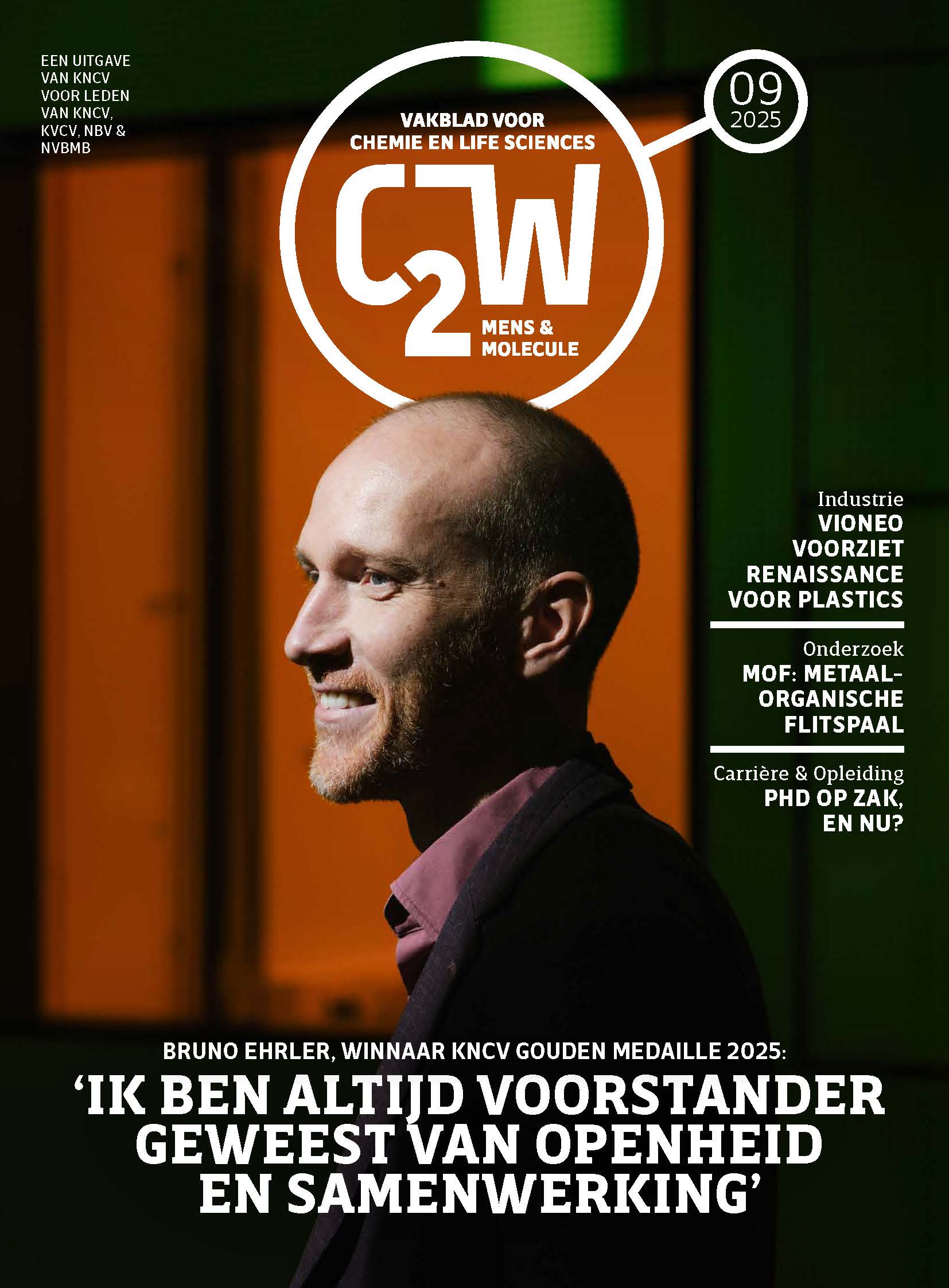Would you like to add an event to this list? Simply register your event using this form.
Electrochemical Strategies for synthesis of high value-added products

Category
Ph D Defense
Date
2022-12-12 13:30
Venue
KU Leuven, Arenbergkasteel, Aula Arenbergkasteel, 01.07 - Kasteelpark Arenberg 1
3001 Leuven, België
3001 Leuven, België
Promovendus/a: Hongyang Tang
Promotor(en): Prof. dr. ir. Dirk De Vos
Organic electrochemistry is a green organic synthesis methodology which not only uses electrons as redox reagents but also operates under moderate reaction conditions due to the benefits of not requiring additional redox reagents, decreasing environmental pollution, and reacting at (near-)ambient temperature. As a result, organic electrochemistry has several practical applications and is highly appealing as a technology for organic synthesis. This thesis investigated the usage of electricity as a sustainable energy source for synthesis of high-value products.We began by investigating electrochemical C-H activation for coupling phenols and N,N-disubstituted aniline derivatives. Due to the small potential difference between phenol and these N,N-disubstituted aniline derivatives, the cross-dehydrogenative coupling (CDC) of phenol and N,N-disubstituted anilines remains a challenge, resulting in poorly controlled formation of various products via reactions such as aryl-aryl C(sp2)-C(sp2) cross-coupling, C(sp2)-H/O-H cross-coupling, and formation of polycyclic and carbonyl compounds. We investigated aryl-aryl C-C CDC for unsymmetric biaryl synthesis, and C(sp2)-H/O-H cross dehydrogenative coupling for diaryl ether formation from phenol and N,N-disubstituted aniline derivatives. Due to the limited potential difference, many earlier works could only achieve the cross-coupling of specific substrates like naphthols or naphthylamines in the aryl-aryl CDC work; only a few works demonstrated the coupling of simple phenols and N,N-disubstituted anilines. Upon adding an iodide source as a mediator, the direct electrochemical oxidation is successfully changed into an indirect electrochemical oxidation, in which the substrate is oxidized by an I-containing oxidant, boosting the reaction’s application scope and yields. Furthermore, many studies in the field of arene couplings demonstrated that some C-O coupling products are formed, but the few examples that used electricity were associated with low selectivity and yields. There have been few studies that can properly explain and differentiate the pathways leading to C-C and C-O coupling. Therefore, we also focused on the C-O bond formation via CDC; the creation of diaryl ethers was systematically investigated and explained and many examples of diaryl ether formation are provided.
Finally, a bromide-assisted olefin epoxidation using sustainable electricity was presented. When using these bromide salts, sufficient alkalinity can be generated in situ at the cathode to promote direct olefin epoxidation in a one-pot process. The bromide performs a dual role as an electrolyte and as a mediator that is easily oxidized even at moderate anodic voltages. Simultaneously, it was revealed that addition of tetraethylammonium tetrafluoroborate as the supporting electrolyte was successful to maintain the reaction potential and to inhibit the formation of undesired by-products like 1,2-dibromides.
All Dates
- 2022-12-12 13:30
Powered by iCagenda

